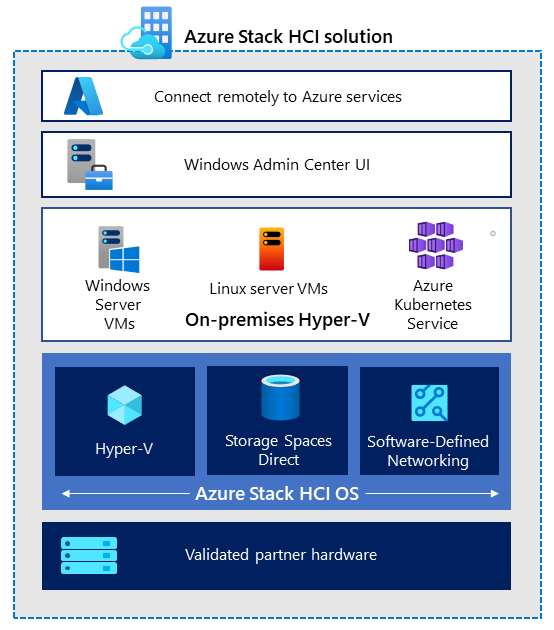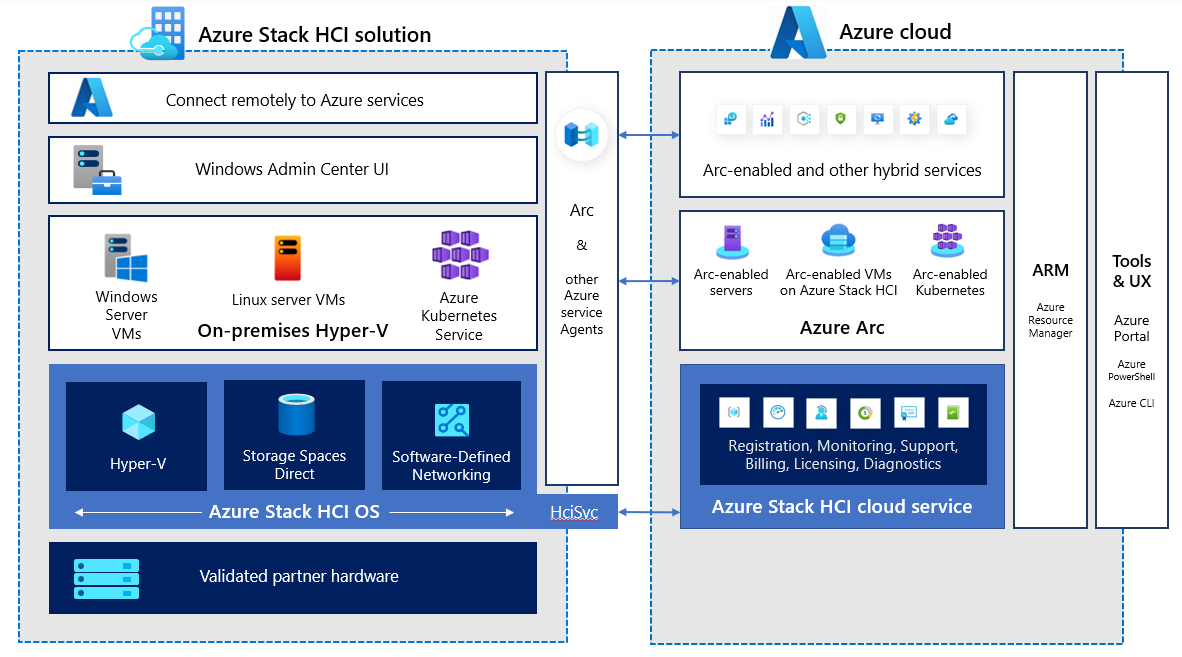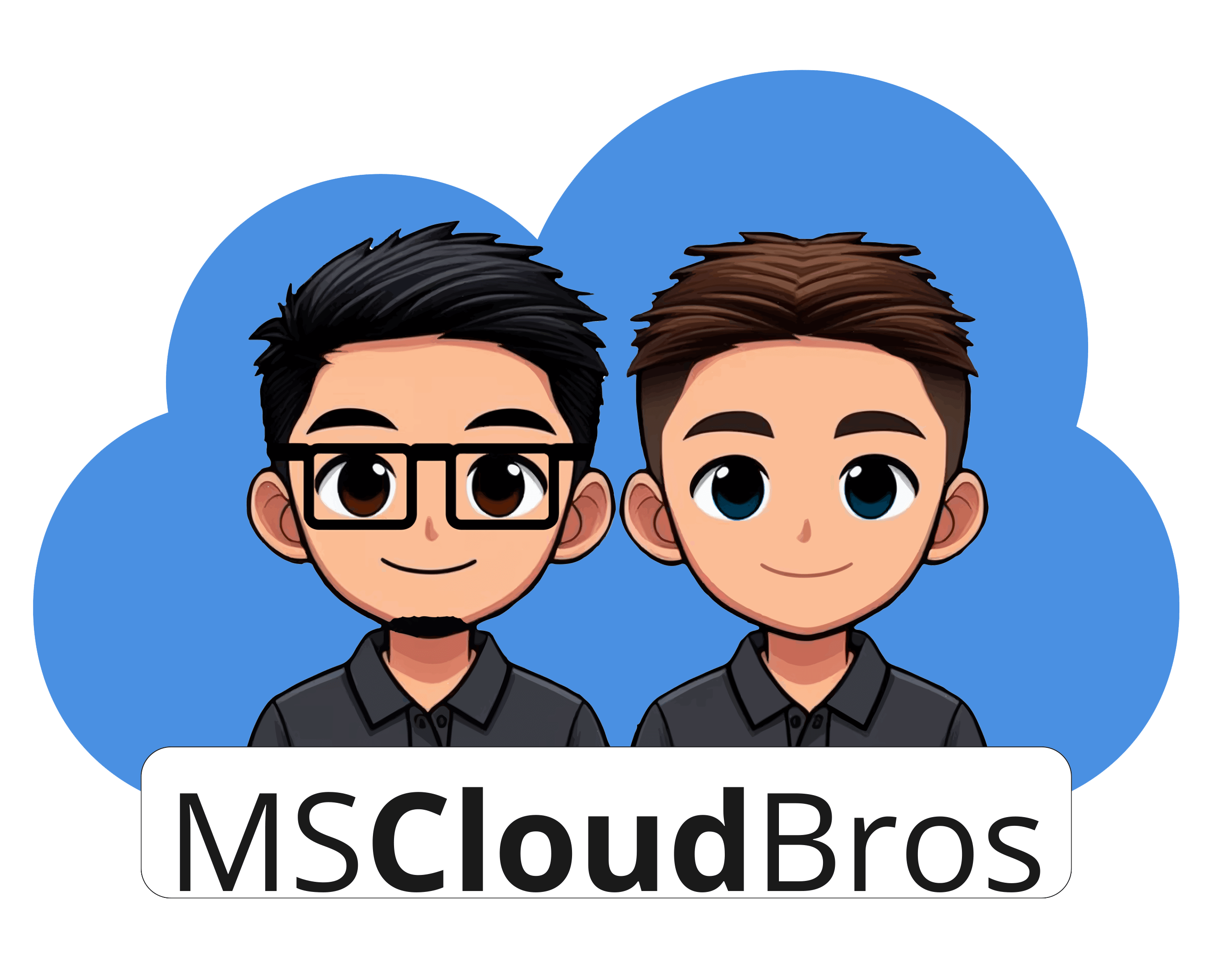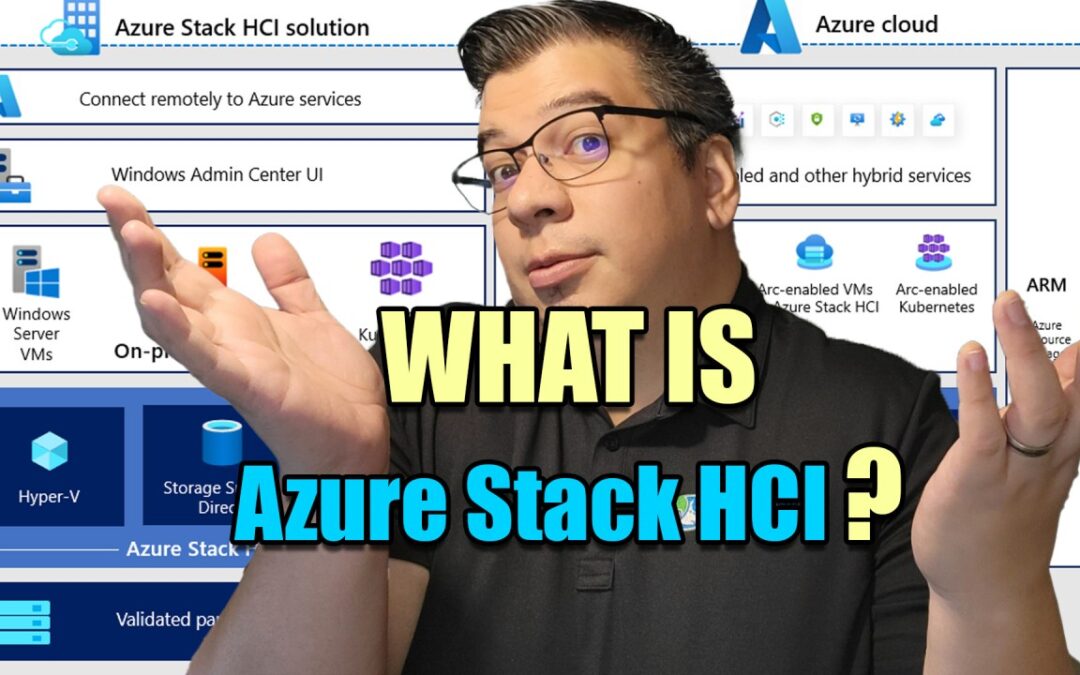Hybrid cloud computing is rapidly becoming the future of business technology. With the ability to leverage both on-premises and cloud resources simultaneously, businesses are finding it easier than ever to scale, innovate, and stay competitive. One such solution leading the way in hybrid cloud technology is Microsoft’s Azure Stack HCI.
What is Azure Stack HCI?
Azure Stack HCI (Hyper-Converged Infrastructure) is a comprehensive solution from Microsoft that allows businesses to run virtualized workloads in a flexible, scalable manner. It’s a unique blend of on-premises, edge, and cloud environments that provides unprecedented levels of integration, performance, and cost-effectiveness.
Azure Stack HCI is built on familiar technologies like Hyper-V, Storage Spaces Direct, and Windows Admin Center, making it an intuitive and seamless extension of your existing Microsoft infrastructure. It offers native integration with Azure services, including Azure Backup, Azure Site Recovery, and Azure Monitor, allowing you to take advantage of the agility and innovation of the cloud while maintaining control over your data and applications.
Key Features of Azure Stack HCI
Azure Stack HCI is packed with features designed to enhance your organization’s IT capabilities:
- Hyperconverged Infrastructure – The term “hyper-converged” refers to the integration of compute, storage, and networking into a single system. This design reduces the complexity of your data center, making it easier to manage and more efficient. Azure Stack HCI takes this concept to the next level by providing a software-defined platform that can scale from small deployments to some of the largest in the world.
- High Performance – With Azure Stack HCI, you can expect high performance for your most demanding workloads. It leverages technologies like NVMe drives, persistent memory, and Remote Direct Memory Access (RDMA) networking to deliver industry-leading speed and responsiveness.
- Flexible Scaling – One of the primary advantages of Azure Stack HCI is its scalability. You can start small and grow as your needs evolve, adding nodes to your cluster one at a time. This flexibility allows you to tailor your infrastructure to your specific needs, avoiding unnecessary costs and complexity.
- Native Integration with Azure – Azure Stack HCI offers native integration with a broad range of Azure services. This means you can manage your resources, back up your data, and monitor your system’s performance directly from the Azure portal.
Azure Stack HCI Use Cases
Azure Stack HCI is a versatile solution that can be used in a variety of scenarios:
- Data Center Modernization – Many organizations are looking to modernize their data centers to improve efficiency, reduce costs, and increase agility. Azure Stack HCI provides a path to modernization by replacing aging hardware with a scalable, high-performance, software-defined platform.
- Remote Office/Branch Office (ROBO) – For businesses with multiple locations, managing IT resources can be a challenge. Azure Stack HCI simplifies this process by providing a consistent, easy-to-manage platform that can be deployed in remote offices and branch offices.
- Edge Computing – As more devices become connected, the need for edge computing – processing data near where it’s generated – is increasing. Azure Stack HCI is an ideal solution for edge computing, providing a robust, scalable platform that can handle large volumes of data in real-time.
- Disaster Recovery – Azure Stack HCI integrates with Azure Site Recovery, providing a simple, reliable solution for disaster recovery. In the event of a system failure, you can quickly restore your workloads to minimize downtime and data loss.
Azure Stack HCI represents a significant leap forward in hybrid cloud computing. Its integration of on-premises, edge, and cloud environments provides a flexible, high-performance platform that can meet the needs of any organization. Whether you’re looking to modernize your data center, streamline your remote office IT, or implement a robust edge computing solution, Azure Stack HCI is a solution worth considering.
Deploying Azure Stack HCI
Deploying Azure Stack HCI is a straightforward process. You start by purchasing validated hardware from your preferred vendor. There are over 150 systems from 20 partners to choose from, ensuring you can find the right fit for your needs. Once you have your hardware, you install the Azure Stack HCI operating system, which is a specialized version of Windows Server.
The next step is to create a cluster using Windows Admin Center. This process is made easy with a wizard that guides you through each step. Once your cluster is set up, you can begin creating and managing virtual machines.
Finally, you register your cluster with Azure. This step enables Azure services on your Azure Stack HCI, allowing you to manage and monitor your system from the Azure portal.
Azure Stack HCI Architecture
The architecture of Azure Stack HCI is designed to provide maximum performance, scalability, and flexibility. It consists of two main components: the HCI cluster and Azure services.
The HCI cluster is composed of two or more nodes, each running the Azure Stack HCI operating system. These nodes are connected using high-speed, low-latency networking, and they share storage using Storage Spaces Direct. This design allows for high availability and resilience, as workloads can continue running even if one node fails.
Azure services are integrated natively into Azure Stack HCI. These services include Azure Backup for data protection, Azure Monitor for performance monitoring, and Azure Security Center for threat detection and response. By integrating these services directly into the platform, Azure Stack HCI provides a seamless hybrid cloud experience.

How Azure Stack HCI Stands Out
There are several reasons why Azure Stack HCI stands out from other solutions in the market:
Hybrid Capabilities with Azure
Azure Stack HCI is not just about high-performance, hyper-converged infrastructure. It’s also about seamless hybrid capabilities. The integration with Azure sets Azure Stack HCI apart from other solutions in the market, providing a cohesive and powerful hybrid cloud experience.
- Azure Arc – Azure Arc is a key element of this integration. It allows you to manage your Azure Stack HCI clusters just like any other Azure resource. You can use familiar Azure management tools and services, regardless of where your workloads are running. This means you can manage your on-premises Azure Stack HCI with the same simplicity and consistency as your Azure cloud resources.
- Azure Backup and Site Recovery – Data protection and disaster recovery are critical for any IT operation. Azure Stack HCI integrates natively with Azure Backup and Azure Site Recovery, providing enterprise-grade backup and disaster recovery capabilities. You can protect your data with automated backups, and ensure business continuity with fast, reliable disaster recovery.
- Azure Monitor and Azure Security Center – Performance monitoring and security are other areas where Azure Stack HCI shines. With Azure Monitor, you can track the performance of your workloads in real time, and get insights to optimize resource utilization. Azure Security Center provides unified security management and advanced threat protection across your hybrid cloud.
- Azure Update Management – Keeping systems up-to-date is essential for security and performance. Azure Stack HCI integrates with Azure Update Management, allowing you to manage updates for your on-premises clusters from the Azure portal. You can schedule updates, track update compliance, and get detailed reports, all from a single place.
- Azure Kubernetes Service (AKS) on Azure Stack HCI – For organizations embracing containerized applications, Azure Stack HCI offers integrated support for Azure Kubernetes Service (AKS). You can run AKS on your on-premises Azure Stack HCI clusters, providing a consistent, secure, and fully managed Kubernetes experience across your hybrid environment.

Flexibility and Scalability
With Azure Stack HCI, you have the flexibility to start small and scale as your needs change. You can add nodes to your cluster one at a time, ensuring you always have the right amount of resources for your workloads.
Performance
Azure Stack HCI delivers industry-leading performance for your most demanding workloads. It leverages advanced technologies like NVMe drives and RDMA networking to provide fast, responsive service.
Unleash your hybrid
Azure Stack HCI is a powerful, flexible solution for hybrid cloud computing. Its seamless integration with Azure, scalability, high performance, and cost-effectiveness make it an attractive option for businesses of all sizes.
Whether you’re looking to modernize your data center, streamline your remote office IT, or implement a robust edge computing solution, Azure Stack HCI is a solution worth considering. With its straightforward deployment process and intuitive management tools, you can start benefiting from hybrid cloud computing in no time.
Embrace the future of business technology with Azure Stack HCI and unlock new levels of performance, flexibility, and efficiency for your organization.

